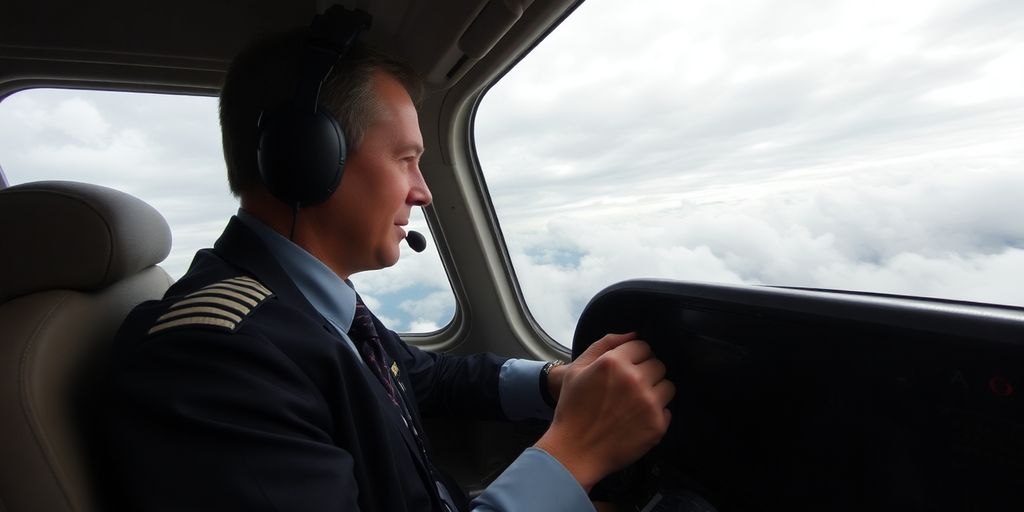Pilot Breaks Down What Happens In Extreme Turbulence

Recently, a Singapore Airlines flight from London to Singapore faced severe turbulence, leading to one tragic death and several injuries. Asha Tomlinson, the guest host, spoke with a pilot to understand what might have happened and how climate change could be making turbulence more dangerous.
Key Takeaways
- Turbulence can arise from three main sources: mountain ranges, jet streams, and thunderstorms.
- Sudden updrafts and downdrafts can cause extreme turbulence, leading to rapid altitude changes.
- Climate change is increasing the frequency and severity of turbulence-related incidents.
- Passengers should always keep their seatbelts fastened to minimize injury risk during turbulence.
Understanding Turbulence
Turbulence is a common occurrence in aviation, but not all turbulence is created equal. According to the pilot, there are three primary sources of turbulence:
- Mountain Ranges: These can create turbulence as air flows over them, but in this case, there were no mountains nearby.
- Jet Streams: These fast-moving air currents are usually found at higher latitudes, which doesn’t apply here.
- Thunderstorm Turbulence: This is the most likely culprit in the recent incident. Thunderstorms can create sudden and severe turbulence due to their updrafts and downdrafts.
The Mechanics of Turbulence
When an aircraft encounters turbulence, it can experience sudden changes in altitude. For instance, if a plane flies into a strong updraft, it can be pushed upwards rapidly. This can be followed by a downdraft, causing the plane to drop suddenly. For passengers, this means that if they are not securely strapped in, they could be thrown against the ceiling of the cabin.
What Happens in the Cockpit?
In the cockpit, pilots are trained to handle turbulence. Their main focus is on maintaining control of the aircraft. They will:
- Keep their hands on the controls to stabilize the plane.
- Try to maintain a steady pitch attitude, usually around 3° nose up during cruise.
- Respond to any warnings that may arise, such as autopilot disconnection.
Why Is Turbulence Hard to Predict?
Predicting turbulence can be tricky. The pilot explained that certain areas, like the Bay of Bengal, have unique weather patterns that can lead to unexpected turbulence. Most pilot training focuses on North American weather patterns, which can differ significantly from those in tropical regions. This lack of training can leave pilots unprepared for the specific challenges they might face in different parts of the world.
The Rise in Turbulence-Related Incidents
There has been a noticeable increase in turbulence-related injuries. The pilot attributes this to climate change. As the world warms, extreme weather events become more common, leading to more turbulence. Coupled with the rise in air travel, this creates a perfect storm for turbulence-related incidents.
Advice for Passengers
Despite the risks, the pilot reassured that flying remains safe. He emphasized the importance of keeping your seatbelt fastened at all times. This simple action can significantly reduce the risk of injury during unexpected turbulence. So, whether you’re traveling for leisure or heading to a big event like the Olympics, remember to buckle up!
In conclusion, while turbulence can be frightening, understanding its causes and taking precautions can help ensure a safer flying experience. Stay informed, stay buckled, and enjoy your travels!








Responses